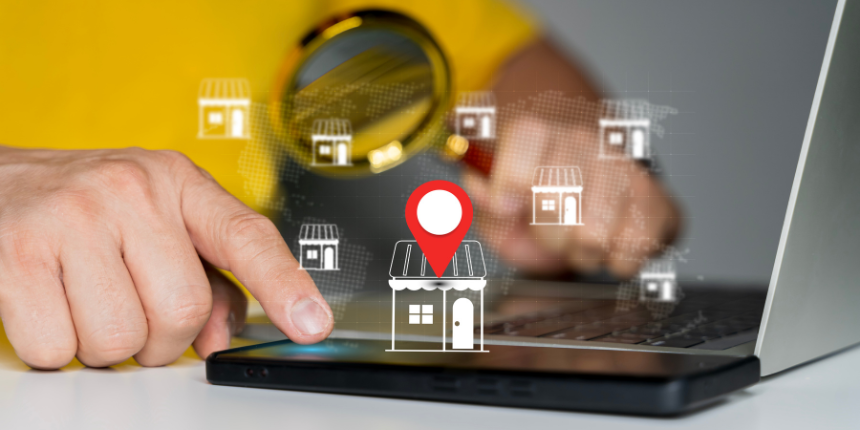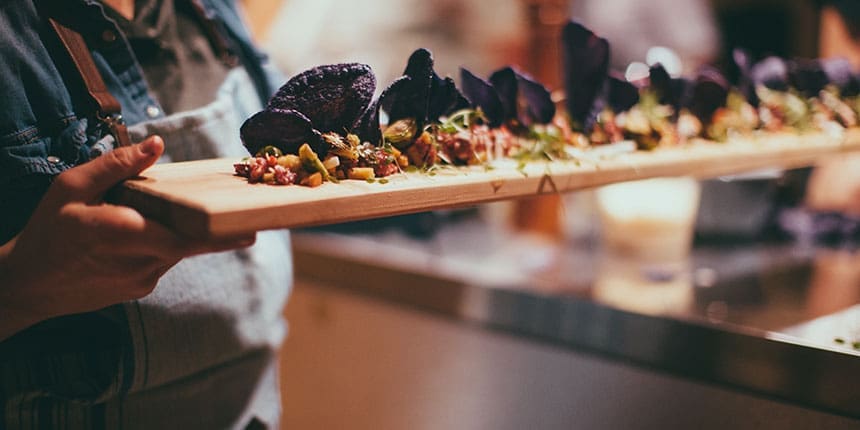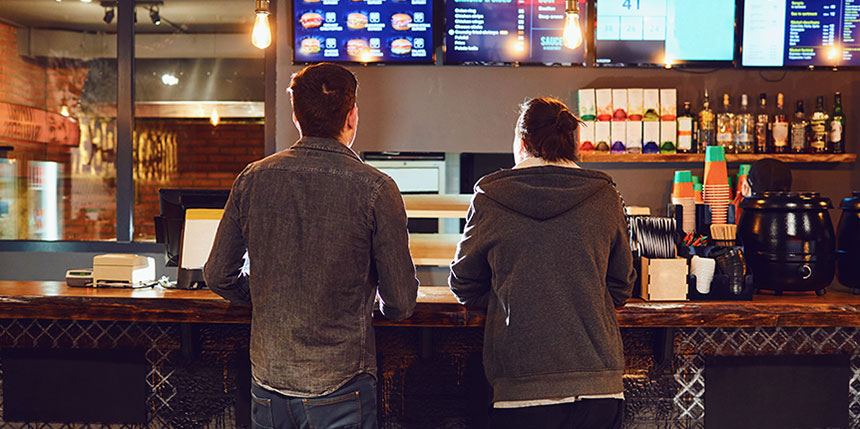
Maximize your local presence through strategic location management.

“The evolution of relevance will be data,” said Ryan Ostrom, former Chief Digital Officer at KFC, at the Collision tech conference back in May. So, how is data analytics reshaping the restaurant industry?
Data has become one of the most important ingredients for restaurants; the ingredient that helps them stay relevant. Businesses are sitting on heaps of data, which is a treasure in today’s ferociously competitive restaurant industry. How can companies turn data into insights that will help inform business decisions? Through data analytics.
There are several different types of analytics that help restaurants extract actionable insights from raw, unstructured data. In this post, we’re going to talk about three types of analytics: customer analytics, feedback analytics, and location analytics.
Data analytics can help restaurants truly understand their core customers. Who are they? What are they looking for? How often do they stop by? Analysing data points and looking at the right parameters will enable restaurants to segment their customers based on factors like:
Customer analytics and segmentation allows restaurateurs to classify consumers based on behaviors, demographics, and other identifiable patterns. With guest-specific intelligence and better segmentation, restaurants can devise engagement strategies that generate powerful results.

Answering questions that revolve around consumer behavior and preferences has fundamentally helped KFC, as Ostrom explained: “What do our best customers buy? What do new customers buy? And how do we understand what is the right message, to the right person, at the right time, so we are able to impact our entire media buy to make it more efficient and drive ROI.”
Where do the real improvements and opportunities lie? This is what customer reviews can uncover. Feedback and reviews are very powerful and very valuable in helping you deliver better experiences, products, and services to your customers. By taking a holistic approach and looking at a combination of reviews (online and offline), feedback, and social media conversations, restaurateurs can effectively gauge customer satisfaction and their service level.
Are customers receptive to that new menu item that was just released? What do they think of the service? Is it slow? Is your staff friendly enough? How do they feel about the ambience? Do customers think that your prices are too high? Are they comparing you to other restaurants/competitors? Feedback analytics can help you answer an array of questions, unearthing hidden insights that may otherwise go unnoticed. Moreover, analysing customer feedback allows for timely intervention in resolving customer complaints.
Subscribe to our monthly newsletter.
Last but not least, “owning the point of hunger”, as Ostrom puts it, is what differentiates one restaurant from another. Connecting with people at the right time (in this case, when they’re deciding what to eat) is of paramount importance, and KFC has been exploring how to do that using data. This is when the importance of local marketing comes into play.
Consumers want things now, and they want things nearby. This is especially true when consumers are looking for a place to eat. “How do we get in front of those customers to make sure they choose KFC?” asked Ostrom. He went on to explain that geo-fencing stores to deliver the right message when a potential customer is nearby and is in the process of deciding what to have for lunch is how they strive to remain competitive, relevant, and local.

According to a report by Cuebiq, more than two-thirds (69%) of fast-food marketers plan to increase their use of location data over the next two years. Restaurants can get very competitive and creative in the use of location intelligence and location data. Burger King’s Whopper Detour campaign is a perfect example. Their US mobile app campaign essentially re-directed McDonald’s customers to the nearest Burger King to get a 1-cent Whopper!
How did it work? Burger King presented a digital coupon offering the 1-cent Whopper to consumers when they were within 600 feet of one of McDonald’s 14,000 locations. Brilliant, is it not?
According to an article by Adweek: “Whopper Detour increased the BK mobile app sales by three times during the nine-day promotion and by two times ever since the promotion ended. This campaign catapulted BK’s app from a modest No. 686 in the app store to No. 1 across all categories, on both iOS and Android. It also drove the highest foot traffic—people coming to the restaurant—in 4.5 years.”
With data analytics, restaurants can strategically align their products and services to the wants and needs for their core customers, with the ultimate goal of delivering an exceptional, tailored experience. Gaining a genuine understanding of your customers and of the operations of your restaurant will help you connect with an increasingly demanding and unpredictable audience.
There is gold in your data; you just need to know what to do with it. We’re here to help you turn data into actionable insights; contact DAC today!
Maximize your local presence through strategic location management.
Maximize your local presence through strategic location management.
Subscribe to our monthly newsletter.